A New Cookbook has ways to add a Japanese flair to all your dishes.
By Gil Asakawa, P.C. Contributor
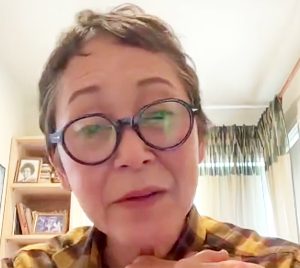
Cookbook author/teacher/writer Sonoko Sakai’s recipes feature easy-to-make Japanese dishes.
Sonoko Sakai’s new book, “Wafu Cooking: Everyday Recipes With Japanese Style,” delivers exactly what the title promises: many basic, easy-to-cook dishes and condiments that would fit on a dining table in Japan and also on a table in the U.S. Sakai, who is a Shin-Nisei born in New York to Issei parents (her father was a postwar employee of Japan Airlines who was sent to open up air travel between Japan and America), is a writer, cook and teacher based in California.
Read related story here.
Read related story here.
In her previous cookbook, “Japanese Home Cooking: Simple Meals, Authentic Flavors,” published in 2019, Sakai focused on helping people make Japanese food that is authentic and not “appropriated” or Americanized.
Her new book, “Wafu Cooking,” embraces bringing Japanese elements to Western cooking. The word wa means Japan — washoku refers to traditional Japanese food, while yoshoku is the word used to describe Western dishes made in a Japanese style. Sakai points out that wa also means harmony, and in that spirit, the recipes in her cookbook are meant to balance Japanese ingredients in Western plates for Western palates.
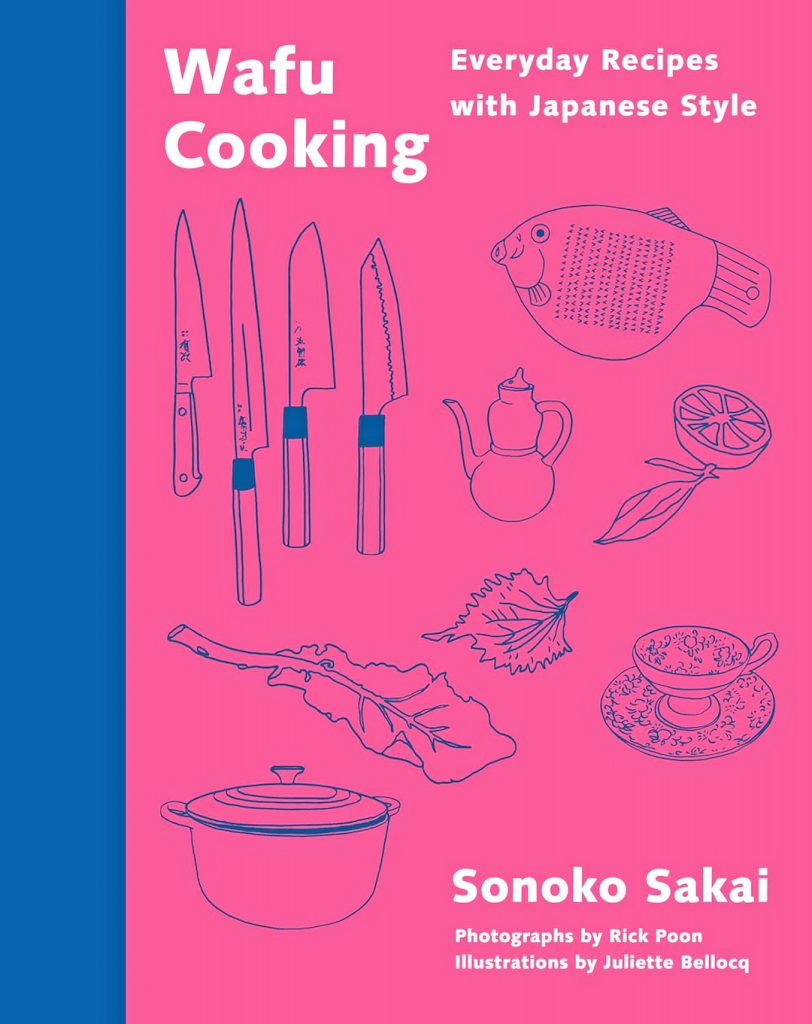
“Wafu Cooking” contains recipes as well as history and information about food culture and Sakai’s personal memories.
The best example, and one of her favorite recipes that she has created, also happens to be a favorite recipe according to her many fans from her talks, demos and social media posts: Miso Apple Pie, which sounds like a delicious, if unexpectedly incongruous, combination that appears on page 280 of the book.
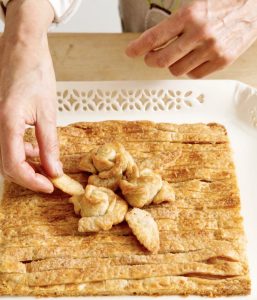
Sakai’s “Wafu Miso Apple Pie,” won an award in an apple pie contest and is also featured in her new book “Wafu Cooking”
(Photo: sonokosakai.com)
Sakai noticed that people have started putting miso into cookies, and so she decided to add miso to her apple pie recipe. “I won second place in an apple pie contest that (public radio station) KCRW sponsors every year. Five hundred pies were submitted, and my pie made it to second place,” she said.
But Sakai didn’t announce it as a pie with miso in it. “I kept it hidden,” she said. “I called it Wafu Apple Pie. And the people who were tasting it said, ‘Waffle apple pie — is this a typo?’ And I said, ‘No, it’s not. So, I was happy.” It passed the contest taste test and has been adopted by Sakai’s cooking students. It has even showed up on social media posts.
“Wafu Cooking” isn’t just a book of recipes, however. It also includes well-researched history and information about Japan’s food culture and Sakai’s personal memories, like a memoir woven into a cookbook.
“I think it’s doing well,” Sakai said happily. “Wafu Cooking” has been praised by the New York Times as one of the best cookbooks and has also received coverage by the Los Angeles Times, Boston Globe and Esquire and Forbes magazines. “It’s really getting an incredible reception.”
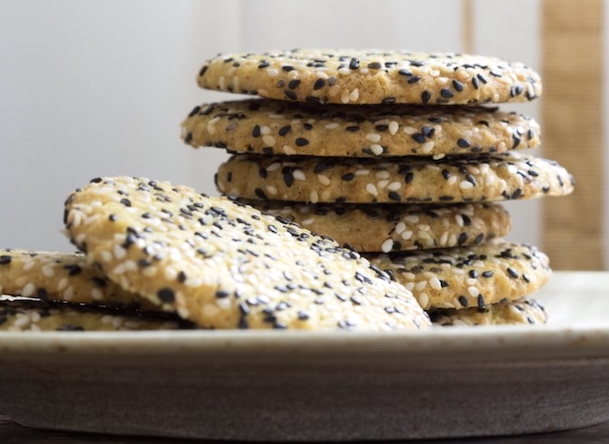
Sesame Butter Cookies (Photo: sonokosakai.com)
“And the New York Times had me write a story about Milky, the Japanese candy, because Japan was a nondairy country for many centuries, and the average Japanese person didn’t start really drinking milk until after the war, but once we learned how to drink milk, then these companies came up with milk candy and milk bread and milk souffles and matcha latte and all kinds of dairy stuff that is actually now being re-exported overseas,” she said.
The culinary cultures between Japan and the West have gone both ways for centuries (tempura was introduced to Japanese during the samurai era by Portuguese priests, for instance), so Sakai likes to embrace the things about Japanese food that are being adapted and adopted here in the U.S.
“What I see this book doing is kind of turning the tables to the idea of yoshoku (Western food) and things like curry, things like even tempura, right? If that’s your food in a way, then ‘Wafu-ing’ is exporting our value system to the food we eat here in America or around the world outside of Japan.”
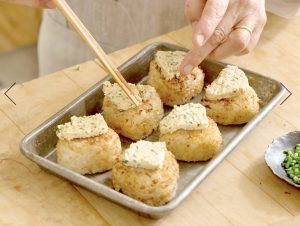
Also featured in “Wafu Cooking” are recipes for Grilled Onigiri with Miso Butter (above) and Sesame Butter Cookies
(Photos: sonokosakai.com)
The goal with the cookbook, Sakai said, is to “do things in harmony and in balance. I think that’s what ‘Wafu’ is about. So, I really talk about ‘Wafu’ being not just cooking that infuses umami into foods, but it’s about presentation. It’s about your sensibility. It’s about technique. It’s many things coming together in harmony.
“I thought that I could reverse my pursuit, and instead of trying to be authentically Japanese, which I already did with my last cookbook and trying to prove myself that I’m Japanese enough, I said I’m going to do how I live,” Sakai concluded. “I’ve straddled both cultures. And I want to celebrate that. I want to give myself permission to do what works for my palate — and my mother cooked that way. I don’t want to call it fusion because I think it’s different.”
Let’s just call it simply, Wafu.
This article was made possible by the Harry K. Honda Memorial Journalism Fund, which was established by JACL Redress Strategist Grant Ujifusa.



